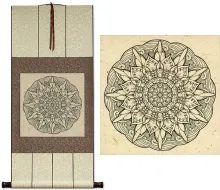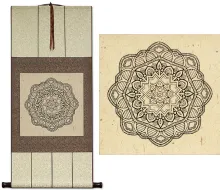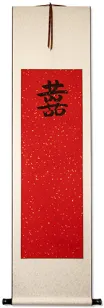Many custom options...
And formats...

Not what you want?
Try other similar-meaning words, fewer words, or just one word.
Feel free to email me with your request. If it's easy, I'll translate it for free and add it to this database of calligraphy for you.
Book of Hosea in Chinese / Japanese...
Buy a Book of Hosea calligraphy wall scroll here!
Personalize your custom “Book of Hosea” project by clicking the button next to your favorite “Book of Hosea” title below...
Book of Hosea
Book of Hosea
This in-stock artwork might be what you are looking for, and ships right away...
Gallery Price: $60.00
Your Price: $36.88
Gallery Price: $90.00
Your Price: $49.88
Gallery Price: $90.00
Your Price: $49.88
Gallery Price: $90.00
Your Price: $49.88
Not the results for book of hosea that you were looking for?
Below are some entries from our dictionary that may match your book of hosea search...
| Characters If shown, 2nd row is Simp. Chinese |
Pronunciation Romanization |
Simple Dictionary Definition |
ホセア書 see styles |
hoseasho ホセアしょ |
More info & calligraphy: Book of Hosea |
何西阿書 何西阿书 see styles |
hé xī ā shū he2 xi1 a1 shu1 ho hsi a shu |
More info & calligraphy: Book of Hosea |
The following table may be helpful for those studying Chinese or Japanese...
| Title | Characters | Romaji (Romanized Japanese) | Various forms of Romanized Chinese | |
| Book of Hosea | ホセア書 | hosea sho / hoseasho | ||
| Book of Hosea | 何西阿書 何西阿书 | hé xī ā shū he2 xi1 a1 shu1 he xi a shu hexiashu | ho hsi a shu hohsiashu |
|
| In some entries above you will see that characters have different versions above and below a line. In these cases, the characters above the line are Traditional Chinese, while the ones below are Simplified Chinese. | ||||
Successful Chinese Character and Japanese Kanji calligraphy searches within the last few hours...










